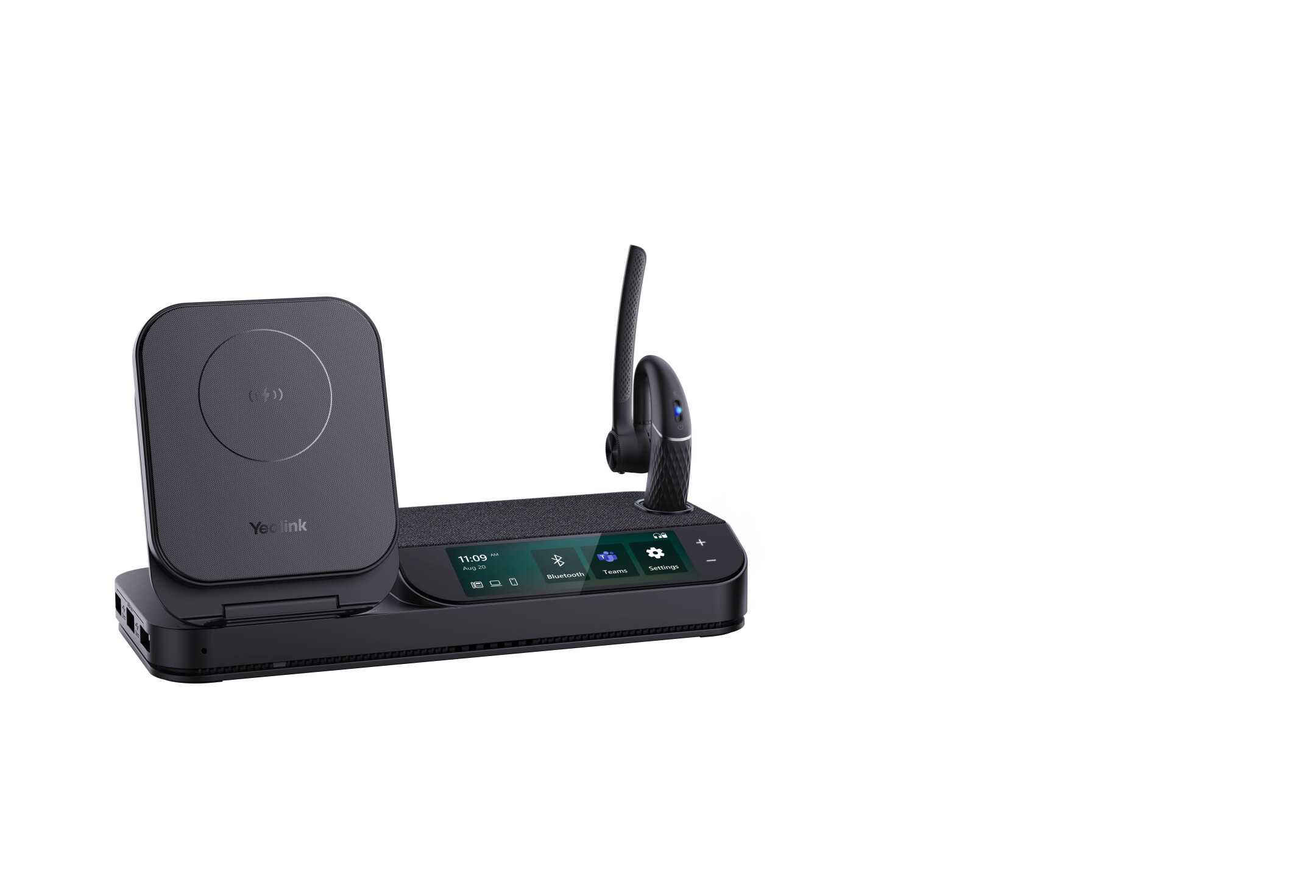



































£179.24*


Product information
The BH71 Mono Bluetooth headset system offers HD audio quality everywhere - whether in the car, on the train or in the office, whether connected via smartphone, desk phone or PC. Thanks to beamforming noise-cancelling technology with 4 microphones, you can always be heard clearly. The BH71 has an adjustable, easily extendable earhook for even more wearing comfort. Whether you're on the move or in the office, the BH71 promises enough talk time for the whole day with 10 hours. With the portable charging case of the BH71 Pro and BH71 Workstation Pro, you can extend the battery life by 20 hours, so that the battery lasts the whole week. The BH71 Workstation and BH71 Workstation Pro models feature a cradle that can be connected simultaneously to your desk phone, PC or smartphone for a complete UC communication experience. The station is equipped with a 3-inch touchscreen, a speaker, 3 USB 3.0 ports and a Qi wireless charger for your smartphone, allowing your office to look stylish and beautiful.
Beamforming noise cancellation technology with 4 microphones
No matter where you are, in noisy city traffic or in the office, the BH71 ensures a crystal-clear communication experience thanks to beamforming noise cancellation technology with 4 microphones.
All-day wearing comfort
You can easily adjust the earhook to your fit. Simply pull out the headband and put on the headset. It offers all-day comfort. The entire headset weighs just 18g, so it literally weighs nothing, even when worn for long periods of time.
The powerful battery provides enough talk time for the whole day
The BH71 offers up to 10 hours of talk time. In addition, the portable charging case of the BH71 Pro and BH71 Workstation Pro can extend the battery life of the headset by a further 20 hours. Simply place the headset in the case for charging after use. The charging case provides enough power for a week of calls while travelling. (The BH71 carrying case does not have an integrated battery)
All-in-one workstation
The BH71 Workstation and the BH71 Workstation Pro have an all-in-one station. It can be connected to the desk phone, PC and smartphone at the same time, providing a seamless communication experience. The station has an intuitive 3-inch touchscreen. The integrated speakerphone supports numerous call modes. It offers 3 USB 3.0 ports, a wireless Qi charger for your smartphone. The station ensures a tidy desk without unnecessary cables.
Technical data
| Name | Yealink Headset BH71 Workstation |
|---|---|
| Article number | 1000029016 |
| GTIN/EAN | 6938818312890 |
| Manufacturer SKU | 1208653 |
| Model name | BH71 |
| Brand | Yealink |
| Product Type | Headset |
| Range | 30 m |
| Inputs | 1x USB-C |
| Product width | 28.8 cm |
| Product height | 11 cm |
| Product depth | 5.9 cm |
| Weight | 1 kg |
| Colour | Black |
| Delivery contents | Power cable , Quick user guide |
| Condition | New |
| Warranty type | Bringin service Service and support information |
Product safety
| Person responsible for the EU |
|---|
| ALSO Deutschland GmbH |
| Ernst-Heinkel-Str. 4 |
| 94315 Straubing |
| Germany |
| sales@yealink.com |



